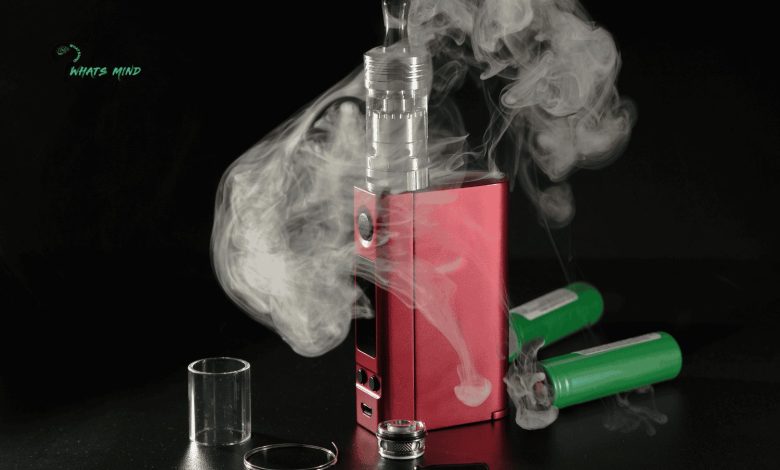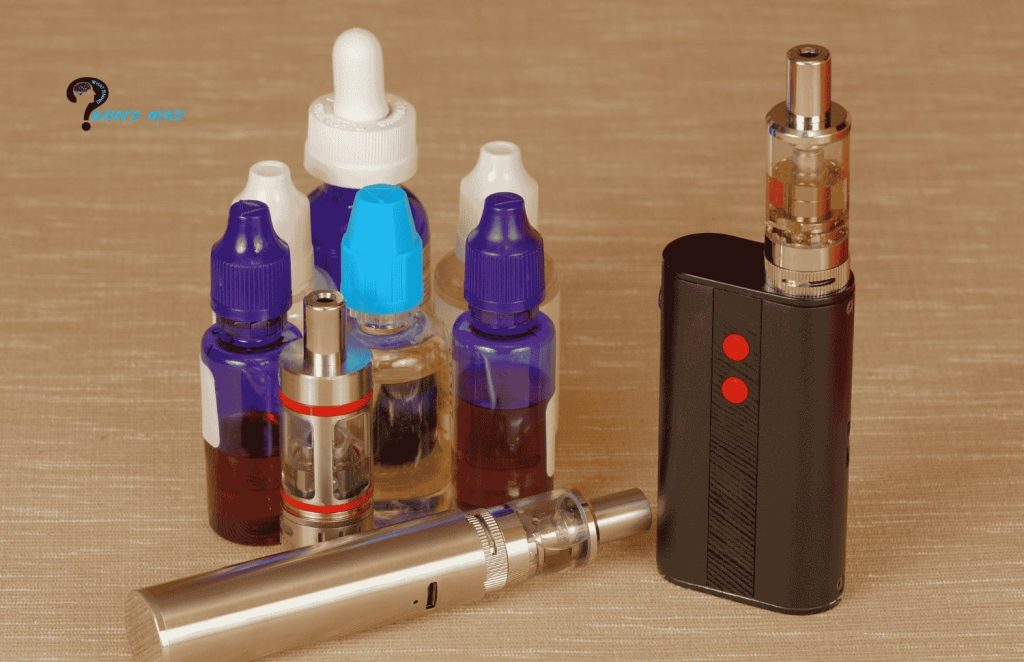E-Liquids and Vaping: A Beginner’s Guide

If you’re new to vaping, understanding e-liquids is an essential part of the experience. E-liquids, sometimes called vape juice, are the substances used in e-cigarettes to create vapor. They come in a wide variety of flavors, strengths, and compositions. This guide will cover the basics of e-liquids, helping you navigate the choices and make informed decisions.
Table of Contents
What Are E-Liquids?
E-liquids are a mixture of ingredients that are heated in a vaping device to create vapor. The primary components of e-liquids include:
- Propylene Glycol (PG): A colorless, odorless liquid that serves as a carrier for flavor. It also helps produce thinner vapor clouds compared to its counterpart, VG.
- Vegetable Glycerin (VG): VG provides a smoother inhale and is ideal for creating large vapor clouds (cloud-chasing).
- Nicotine: Nicotine is optional in e-liquids. The level of nicotine can vary from 0 mg (nicotine-free) to high-strength levels suitable for heavy smokers. E-liquids with nicotine aim to satisfy cravings in smokers trying to transition away from cigarettes.
- Flavorings: Food-grade flavorings are added to e-liquids to create a wide variety of tastes, ranging from traditional tobacco and menthol to fruit, dessert, and candy flavors.
Choosing the Right Nicotine Strength
One of the key factors to consider when starting your vaping journey is the nicotine strength of the e-liquid. Nicotine content is typically measured in milligrams per milliliter (mg/ml). The right nicotine strength depends on how much you used to smoke, as well as your personal preferences. A site like https://okvape.co.uk/ will be able to provide a wide range of options for you to choose from.
- 0 mg/ml: For vapers who don’t want any nicotine or have successfully tapered off their nicotine dependence.
- 3 mg/ml: Ideal for light smokers or those who prefer a minimal nicotine intake.
- 6 mg/ml: Suitable for moderate smokers who are accustomed to consuming around 10-15 cigarettes per day.
- 12 mg/ml or higher: Best for heavy smokers looking to transition to vaping without losing the nicotine hit they’re used to.
Starting with a nicotine strength that matches your habits is crucial to easing the transition. If you find the nicotine level too strong or too weak, you can gradually adjust it over time.
PG vs. VG: Understanding the Balance
The balance of Propylene Glycol (PG) and Vegetable Glycerin (VG) in e-liquids plays a significant role in determining your vaping experience. Most e-liquids contain a ratio of both, but the proportions vary.
- High PG (50% or more): E-liquids with a higher PG content are better suited for those who prefer a stronger throat hit, similar to smoking. These e-liquids produce less vapor, making them ideal for more discreet vaping.
- High VG (60% or more): E-liquids with higher VG content are smoother on the throat and produce larger vapor clouds. They’re great for people who enjoy cloud-chasing or have a sensitivity to PG, which can cause throat irritation for some users.
- 50/50 Mix: Many beginners start with a balanced 50/50 mix of PG and VG, offering a middle ground that provides both a decent throat hit and ample vapor production.
E-Liquid Flavors: Explore and Experiment
E-liquids come in virtually any flavor you can imagine, from tobacco and menthol to exotic fruits, desserts, and even drink-inspired flavors.

For new vapers, it’s often a good idea to start with a familiar flavor, such as traditional tobacco or menthol, to mimic the smoking experience. Once you’re comfortable, exploring different flavor profiles can enhance your vaping journey. Try smaller bottles first to test out flavors, and avoid wasting larger amounts if a certain taste doesn’t suit you.
Also Read: Is Vaping Safer Than Smoking?Safety and Quality of E-Liquids
It’s important to purchase e-liquids from reputable sources to ensure you’re getting high-quality products. Trusted brands adhere to industry standards and are regulated to ensure the ingredients are safe for consumption. Avoid purchasing cheap, unregulated e-liquids, especially from dubious online sources, as they may contain harmful additives or contaminants.
How to Store E-Liquids
Proper storage of e-liquids can prolong their shelf life and maintain their flavor quality. Here are a few tips for storing your e-liquids:
- Keep them in a cool, dark place: E-liquids can degrade when exposed to heat and sunlight, so store them in a drawer or cupboard.
- Seal the bottle tightly: Exposure to air can cause oxidation, which affects the flavor and nicotine strength.
- Check expiration dates: Most e-liquids have a shelf life of about one to two years, so be mindful of expiration dates.
Conclusion
E-liquids are the foundation of your vaping experience, and understanding their components, nicotine strengths, and flavor options is key to enjoying vaping to the fullest. By experimenting with different PG/VG ratios and flavors, you can customize your vaping journey to match your preferences and needs. Whether you’re seeking a satisfying alternative to smoking or just enjoying the wide array of flavors, there’s an e-liquid combination that’s perfect for you.
For more information, visit Whatsmind.com




